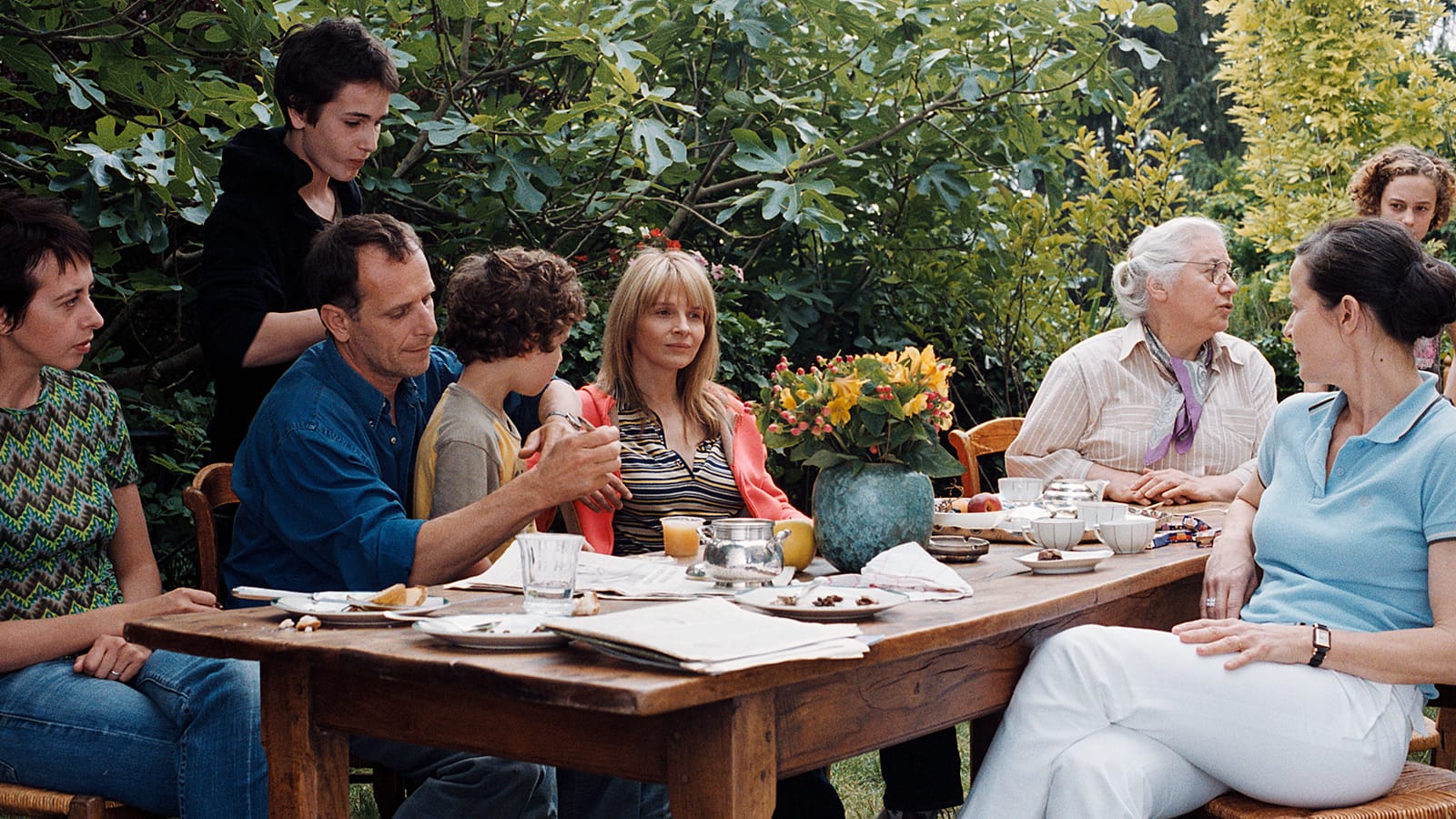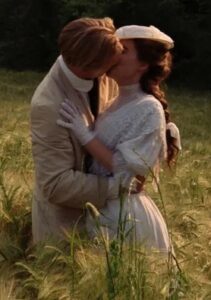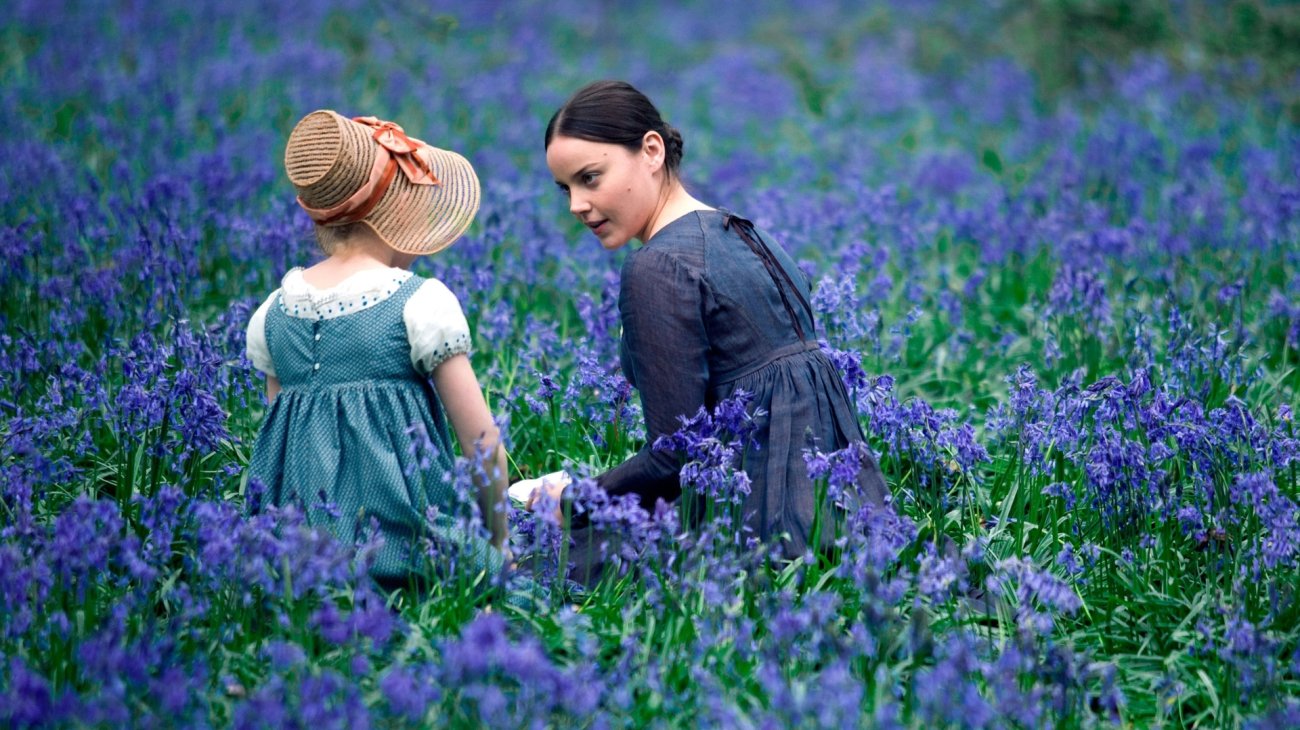by Peg Aloi
Though there are few pleasures finer than going to a nice cool movie theatre to beat the summer heat, occasionally we cinephiles prefer a more thoughtful arthouse experience to a raucous summer blockbuster. This summer’s unprecedented extreme weather has many of us retreating indoors, perhaps catching up on some reading or movie watching. I love the portrayal of weather and seasons in films; sometimes it’s an obvious depiction central to a scene or story, and sometimes it’s just a feeling, a vibe, an aesthetic, a mood. The films gathered here say “summer” to me, and whether it’s June, August, October, or February, I know I can count on them for a myriad expressions of what Jonathan Richman called “that summer feeling”—full of warmth, heat, languor, decadence, and the play of sunlight as it shifts over long hours from day to night.

COLD WATER/THE SUMMER HOURS First up, one of my favorite French directors, Olivier Assayas. Though it’s hard to pick a favorite film, I found a charming similarity and connection between his 1994 debut film L’Eau Froid (Cold Water) and L’Heure Ete (The Summer Hours) from 2008. L’Eau Froid is a tender though often dark coming of age story that features what became an Assayas trademark: a lengthy, naturalistic party scene. L’Heure Ete is the story of a family whose matriarch, at the end of her life, brings her adult children together to discuss the future of their idyllic childhood home in the countryside. The brilliant party scene is played out in the empty house by teenagers, a generation uninvested in the charms of rural life yet strangely melancholy when faced with the possible loss of a way of life they never knew. Both films are subtle, haunting, and beautiful.
UNDER THE SUN 1998’s Under Solen (Under the Sun) by Swedish director Colin Nutley stars the wonderful Rolf Lassgård as Olof, a middle-aged single man living with his parents in a dilapidated farmhouse. When his parents die, he places an ad for a female housekeeper and, he hopes, companion. The woman (Helena Bergström) who responds is on the run from a dangerous situation, and her city savvy is a tense foil to Olof’s country ways. There is humor and pathos in the oddball love story that unfolds.

MIFUNE Before there was Under the Sun there was Mifune. One of the more inventive and entertaining films to come out of the Danish Dogme 95 movement, Mifune (aks Mifunes Sidste Sang) (1999) by Søren Kragh-Jacobsen. In a plot somewhat similar to Nutley’s film, Kresten, a recently married businessman (Anders W. Berthelsen, also in Italian for Beginners) must leave Copenhagen and return to his rural family home to care for his developmentally disabled adult brother. He hires a housekeeper, a professional escort who needs a break and who also happens to be caring for her own teenage brother. The gorgeous use of natural light, a feature of all Dogme films, illuminates the golden summer landscape that works its magic on the disaffected city dwellers.
MALENA Set mostly in 1941, this coming-of-age tale is from the point of view of a teenage boy named Renato, remembering his youth view flashbacks. Malena is a gorgeous young war widow, who walks the streets of a small Sicilian village impeccably dressed in fine suits even on sweltering summer days, silent, sad and aloof, admired by all of the boys and men, and the subject of lascivious gossip. The film’s warmth owes much to the electrifying screen presence of Monica Bellucci in the lead role. Like his well-known nostalgia odyssey Cinema Paradiso (1988), director Giuseppe Tornatore crafts this period piece with sumptuous visuals and a deft blend of comedy and drama.

A ROOM WITH A VIEW One of the most romantic of the Merchant-Ivory films that also manages to avoid a tragic or unrequited ending, A Room with a View adapts E. M. Forster’s novel of a young English woman whose first trip to Italy catalyzes many life changes. Helena Bonham Carter is captivating as Lucy, a privileged but free-spirited sort who is engaged to an upper-class twit (Daniel Day-Lewis) but who is drawn to a sexy, poetic oddball (Julian Sands). With a stellar cast including Maggie Smith, Denholm Elliott, Rupert Graves and Judi Dench, and heart-stopping shots of the Italian and English countrysides in high summer, with golden barley fields, woodland pools, and sumptuous gardens.
DAUGHTERS OF THE DUST Filmed on the Gullah islands off the coast of Georgia, Julie Dash’s incendiary 1991 debut portrays a community of African American families who develop a unique culture in the wake of emancipation. The film is full of excellent performances from actors who embrace the carefully crafted dialogue, and stunningly authentic period details. Daughters of the Dust is a moving meditation on the impact of slavery and the power of ancestral legacy.
MOONRISE KINGDOM A quirky but tender coming of age story set in a Northeast summer camp in the 1960s, Moonrise Kingdom (2012) is one of Wes Anderson’s most stylish (and stylized) films. From its deadpan vintage dialogue to the precise visual design (including a very subtle but insistent symbolic color structure that appears in almost every frame), the film’s aesthetic intricacy has nothing on its warm, funny depictions of youthful angst and romance. Peeking out from Anderson’s buttoned-up façade of formalism are bursts of raw emotion and human frailty, courtesy of the stellar cast.
BRIGHT STAR Although not her first historical film, Bright Star (2009) may well be Jane Campion’s finest one (the award-studded The Power of the Dog notwithstanding). It is a pensive and powerful story of the brief courtship of English Romantic poet John Keats (Ben Whishaw) with his lover Fanny (Abbie Cornish). We know the tragic ending, but there is a bewitching sense of awe and discovery as these two people find and love each other against a sensual backdrop of nature’s beauty and mystery, the sum and substance of Keats’ legacy. This film is a love letter to love.

